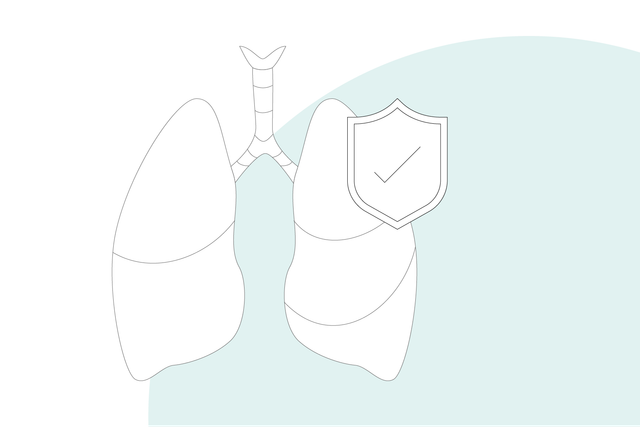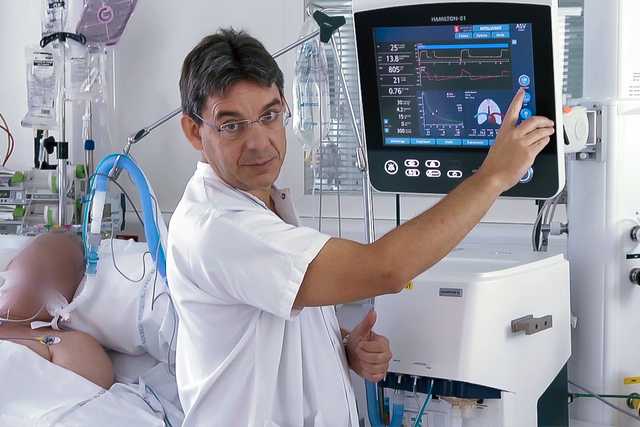
La ventilación asistida adaptable (ASV) es un modo de ventilación que selecciona y adapta de forma continua la frecuencia respiratoria, el volumen tidal y el tiempo inspiratorio en función de la mecánica pulmonar y el esfuerzo del paciente.
Con cada respiración, 24 horas al día, desde la intubación hasta la extubación.

La ASV emplea automáticamente estrategias de protección pulmonar para reducir la aparición de complicaciones debidas a AutoPEEP y volutrauma/barotrauma (
De acuerdo con las reglas de esta estrategia de protección pulmonar, la ASV estimula al paciente para que respire espontáneamente (


En este vídeo, el Dr. Jean-Michel Arnal, intensivista jefe, nos ofrece una rápida demostración de las funciones y los ajustes principales de ASV con un paciente de UCI real.


ASV es un modo de ventilación que viene de serie en todos nuestros respiradores de cuidados intensivos.